
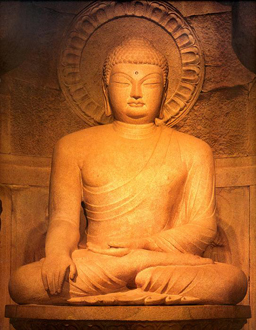
Gyeong Ju Heritage sites
Gyeongju is a major tourist destination for South Koreans as well as foreign visitors. It boasts the 1000 years of Shilla heritage with vast number of ancient ruins and archaeological sites found throughout the city. The city government has successfully parlayed its historic status into a basis for other tourism-related developments such as conferences, festivals, and resorts.
Many Silla sites are located in Gyeongju National Park such as the Royal Tomb Complex, the Cheomseongdae observatory, the Anapji royal pond garden, and the Gyerim forest. Gyeongju National Museum hosts many important artifacts and national treasures that have been excavated from sites within the city and surrounding areas.
Bulguksa temple near Gyeongju.
Much of Gyeongju's heritage are related to the Silla kingdom's patronage of Buddhism. The grotto of Seokguram and the temple of Bulguksa were the first Korean sites to be included on the UNESCO World Heritage List, in 1995. In addition, the ruins of the old Hwangnyongsa temple, said to have been Korean's largest, are preserved on the slopes of Toham Mountain. Various Silla-era stone carvings of Buddhas and bodhisattvas are found on mountainsides throughout the city, particularly on Namsan.
A significant portion of Gyeongju's tourist traffic is due to the city's successful promotion of itself as a site for various festivals, conferences, and competitions. Every year since 1962 a Silla cultural festival has been held in October to celebrate and honour the dynasty's history and culture. It is one of the major festivals of Korea. It features athletic events, folk games, music, dance, literary contests and Buddhist religious ceremonies. Other festivals include the Cherry Blossom Marathon in April, the Korean Traditional Liquor and Cake festival in March, and memorial ceremonies for the founders of the Silla Dynasty and General Kim Yu-sin.
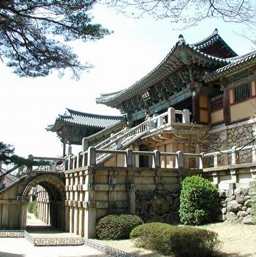
and culture. It is one of the major festivals of Korea. It features athletic events, folk games, music, dance, literary contests and Buddhist religious ceremonies. Other festivals include the Cherry Blossom Marathon in April, the Korean Traditional Liquor and Cake festival in March, and memorial ceremonies for the founders of the Silla Dynasty and General Kim Yu-sin.
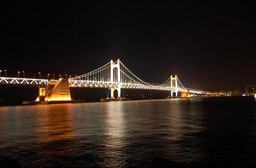
Busan City
Busan, a bustling city of approximately 3.7 million residents, is located on the southeastern tip of the Korean peninsula. The size of Busan is 765.10km which is 0.8% of the whole land of the Korean Peninsula. The natural environment of Busan is a perfect example of harmony between mountains, rivers and sea. Its geography includes a coastline with superb beaches and scenic cliffs, mountains which provide excellent hiking and extraordinary views, and hot springs scattered throughout the city. Busan enjoys four distinct seasons and a temperate climate that never gets too hot or too cold.Busan is the second largest city in Korea. Its deep harbor and gentle tides have allowed it to grow into the largest container handling port in the country and the fifth largest in the world. In the coming years, capacity is set to grow further with the opening of the New Port. The city's natural endowments and rich history have resulted in Busan's increasing reputation as a world class city of tourism and culture, and it is also becoming renowned as an international convention destination
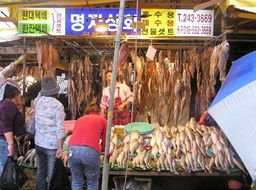
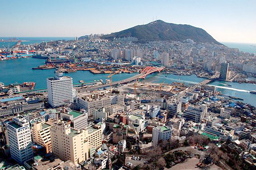
set to grow further with the opening of the New Port. The city's natural endowments and rich history have resulted in Busan's increasing reputation as a world class city of tourism and culture, and it is also becoming renowned as an international convention destination

